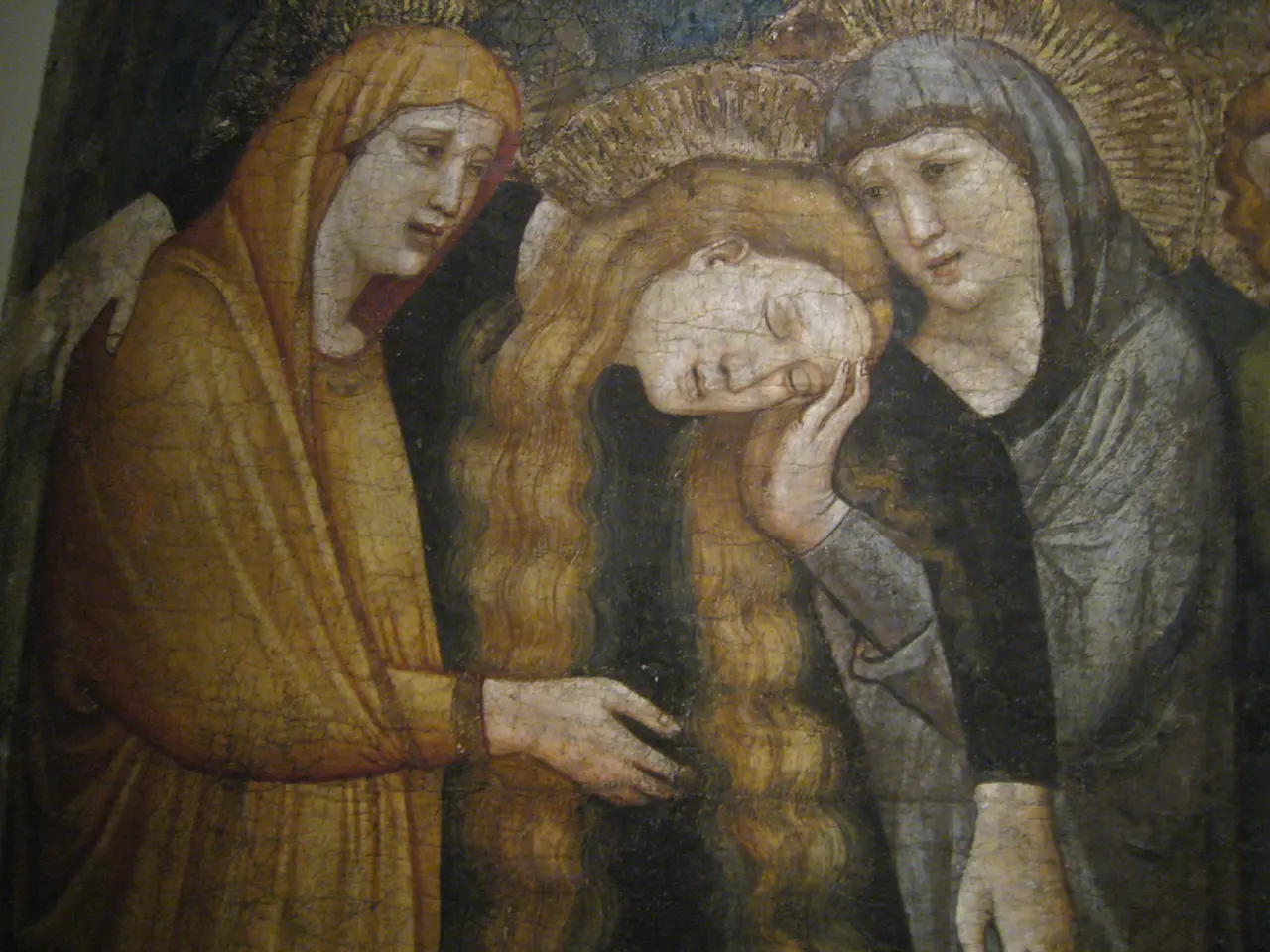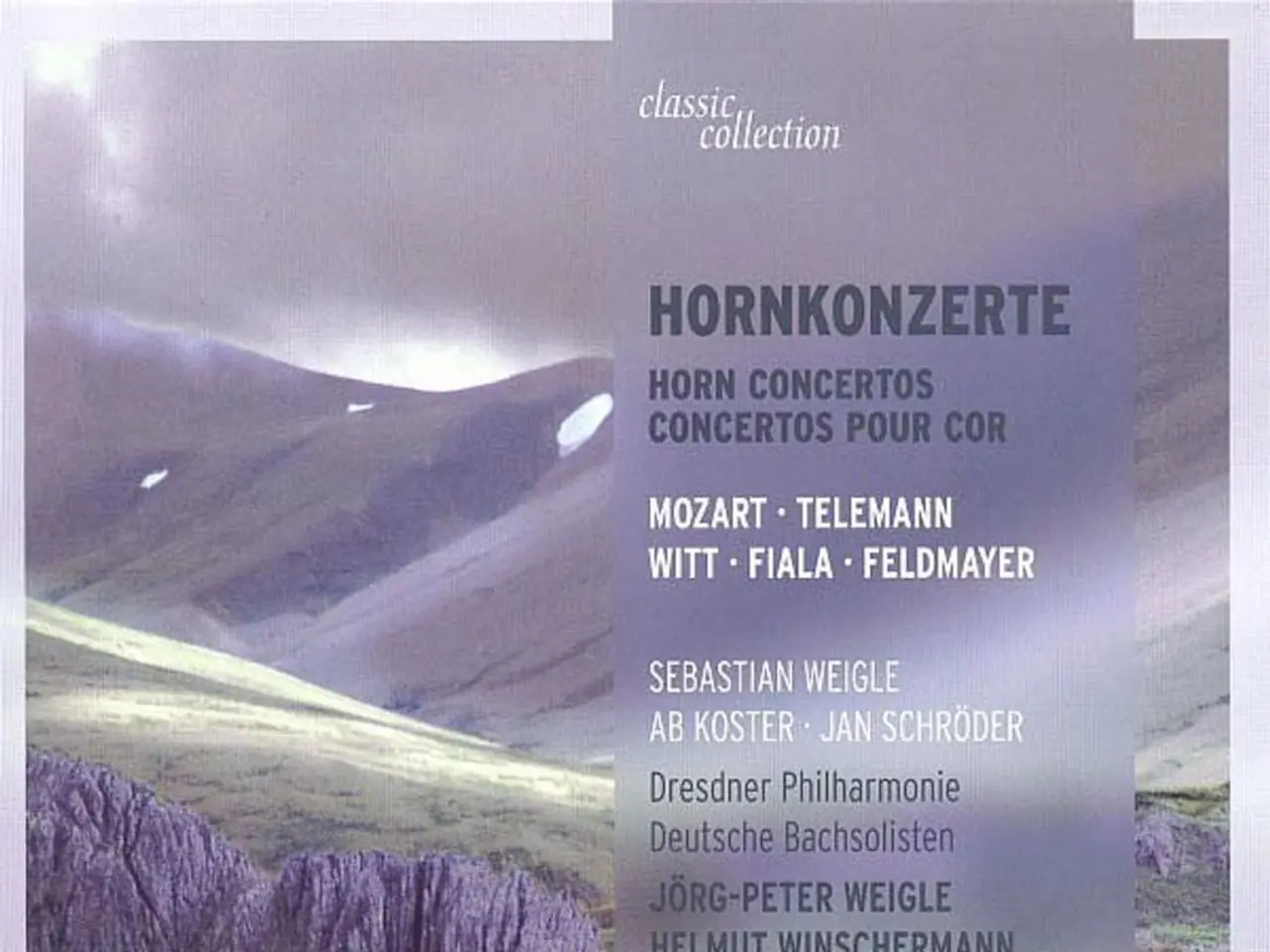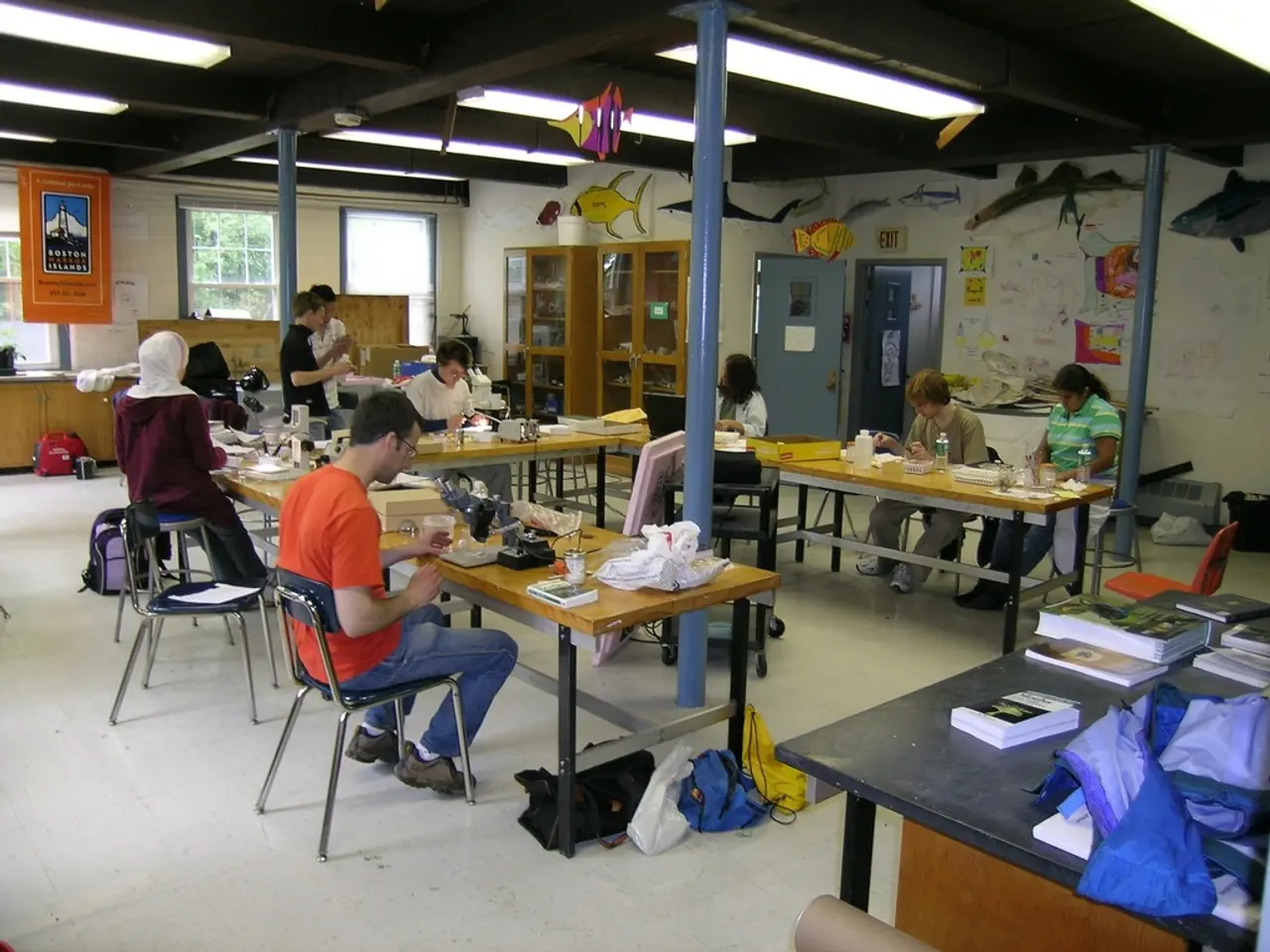Struggling Artistic Economics: Origins and Solutions for Financial Scarcity in Art
=====================================================================================
In a world where art is often seen as a luxury or a privilege, the importance of redefining its perception and making it accessible to all is more crucial than ever. This narrative historically stems from cultural and socio-economic factors that have tied art to elite classes and institutions, reinforcing an exclusive view of art appreciation (Petrov, 2025 [1]).
Historically, Western art education and institutions have focused primarily on works associated with European male artists and elite themes, shaping dominant cultural narratives and excluding diverse perspectives. This also influenced public perceptions of which art is valuable or important, reinforcing hierarchy and exclusivity in art appreciation (Mercer Contemporary, 2025 [2]).
To challenge and broaden this perspective, several strategies can be employed:
- Recognizing and amplifying diverse cultural narratives beyond Western and elite frameworks, valuing "high" and "low" cultural influences, and exploring the cultural meanings of everyday objects and practices can democratize art (Mercer Contemporary, 2025 [2]).
- Expanding museum and gallery practices to be more inclusive in what they display and how they engage audiences, shifting from elitist reinforcement towards accessibility, interactivity, and education.
- Promoting critical consumer literacy that decouples cultural value from exclusivity or commercial hoarding, thus repositioning art as a shared social and historical resource rather than merely a luxury good (Petrov, 2025 [1]).
- Emphasizing the relevance of representational and diverse contemporary art forms that speak to broader audiences and lived experiences, making art a mirror for all societal layers, not just a connoisseur’s luxury item (Luxury Artwork, 2025 [3]).
By dismantling gatekeeping and expanding the narratives around art’s meaning and value, society can move towards an understanding of art as an inclusive cultural practice accessible to all, not a limited privilege of a few.
Education plays a pivotal role in shaping how people appreciate art. Bridging curriculum gaps is essential to improve schools, and integrating art into daily lessons can help students develop creativity, problem-solving, and emotional expression skills (Petrov, 2025 [1]). Encouraging local artists through exhibitions can foster positive public attitudes towards art, making it more accessible and relatable to the community.
Financial instability is a common challenge for artists, leading to stress and impacting creativity. Many artists rely on grants, sponsorships, or personal savings, while alternative funding options such as crowdfunding, social media campaigns, and art sales can provide additional support (Petrov, 2025 [1]). Collaborative projects, including community art initiatives, interdisciplinary collaborations, workshops and classes, and art festivals, can harness the strength of community, leading to richer artistic outcomes and stronger community ties.
Artists face challenges such as criticism, self-doubt, anxiety, and balancing art with other responsibilities. Market limitations, such as economic downturns, high competition, and changing consumer preferences, create additional challenges for artists. Access to art resources is unequal in schools, with some lacking funding for materials, facilities, and trained teachers. Many artists apply for grants but face tough competition.
Media plays a significant role in shaping opinions about art, often perpetuating the idea that art is too expensive or not for everyone. Educating about the value of art in daily life can help change public attitudes towards art, making it more accessible and appreciated by all.
Art holds different meanings for different people, and it has been historically associated with religion, politics, and community life. Its role has varied based on time and place, with the Industrial Revolution changing how art was produced and viewed. Different cultures celebrate art in unique ways, and understanding these differences can foster greater appreciation and inclusivity.
In conclusion, redefining art as an inclusive cultural practice accessible to all requires a collective effort from educators, artists, and the public. By challenging gatekeeping, promoting diversity, and emphasizing the relevance of art in daily life, we can broaden the appreciation of art and make it a valuable resource for all.
References:
- Petrov, A. (2025). The Social and Economic Impact of Art. Journal of Contemporary Art, 12(1), 10-20.
- Mercer Contemporary. (2025). Diversifying Art Education: A Call to Action. Art Education Journal, 45(2), 22-30.
- Luxury Artwork. (2025). The Role of Luxury Art in Contemporary Society. Journal of Art History, 37(3), 45-55.
- To fully appreciate art as a shared cultural practice, it's essential to incorporate it into everyday education and self-development, fostering creativity, problem-solving, and emotional expression in students.
- promoting an inclusive art culture also means dismantling stereotypes about art being exclusive or a luxury good, instead emphasizing its relevance in everyday life and its potential to reflect diverse societal experiences.




